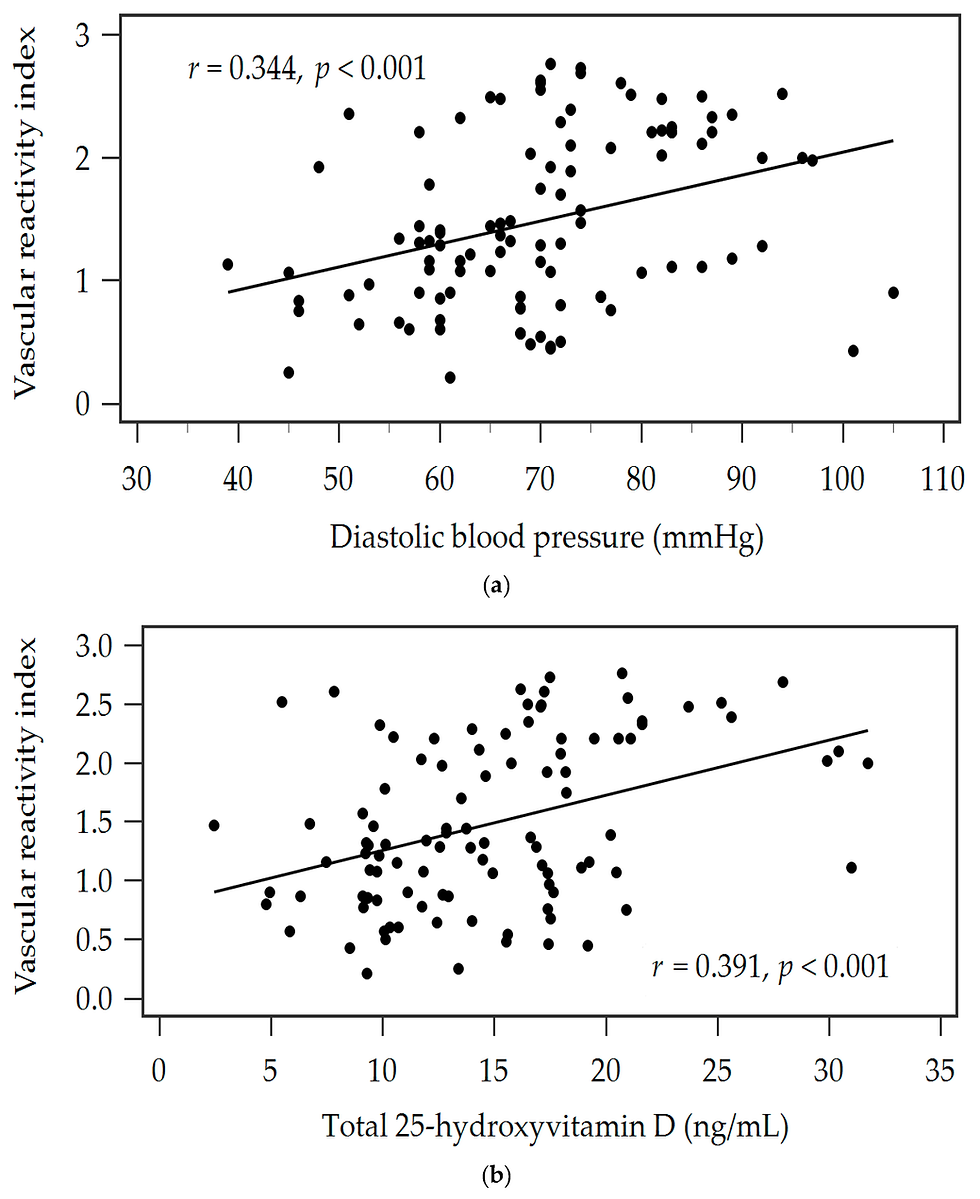Use of temperature alterations to characterize vascular reactivity
- heartlung
- Jan 10, 2023
- 2 min read
Obdulia Ley, Mandeep Dhindsa, Shawn M Sommerlad, Jill N Barnes, Allison E Devan, Morteza Naghavi, Hirofumi Tanaka
Clin Physiol Funct Imaging 2011 Jan;31(1):66-72.
Abstract Monitoring alterations in fingertip temperature during ischaemia and the subsequent hyperaemia provides a novel way of studying microvascular reactivity. The relations between parameters characterizing blood perfusion and the thermal response of fingertips were studied using experimental and theoretical approaches. During the experimental protocol, two brachial artery occlusion tests were conducted in 12 healthy volunteers, and fingertip temperature, heat flux and skin perfusion using laser Doppler flowmetry (LDF) were measured. The temperature curves provide a smooth and robust response that is able to capture occlusion and reperfusion. The temperature fall during occlusion as well as the maximum temperature recorded depended linearly on the initial temperature. The magnitude of the LDF signal was associated with local tissue temperature and followed an exponential response. Heat flux measurements demonstrated rapid changes and followed variations in blood perfusion closely. The time points at which the heat flux reached its maximum corresponded to the time at which the fingertip temperature curves showed an inflection point after cuff release. The time required for the fingertip temperature to arrive at the maximum temperature was greater than the time to peak for the heat flux signal, which was greater than the LDF signal to reach a maximum. The time lag between these signals was a function of the finger size and finger temperature at the moment reperfusion restarted. Our present results indicate that finger temperature, heat flux and perfusion display varying rates of recovery following ischaemic stimuli and that differential responses are associated with the initial finger temperature.
Read Full Text Here: https://onlinelibrary.wiley.com/doi/10.1111/j.1475-097X.2010.00981.x
© 2010 The Authors. Clinical Physiology and Functional Imaging © 2010 Scandinavian Society of Clinical Physiology and Nuclear Medicine.



![Lipoprotein(a) levels predict endothelial dysfunction in maintenance hemodialysis patients: evidence from [VENDYS] vascular reactivity index assessment](https://static.wixstatic.com/media/dac531_5285607cc591409a9d83746f042af7c6~mv2.png/v1/fill/w_980,h_980,al_c,q_90,usm_0.66_1.00_0.01,enc_avif,quality_auto/dac531_5285607cc591409a9d83746f042af7c6~mv2.png)
Comments